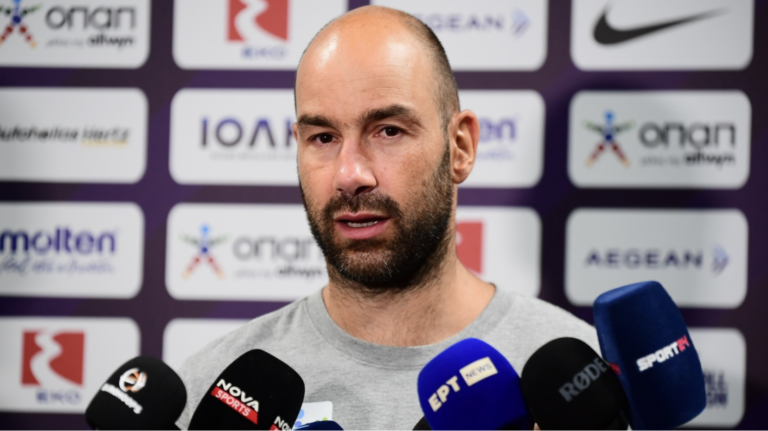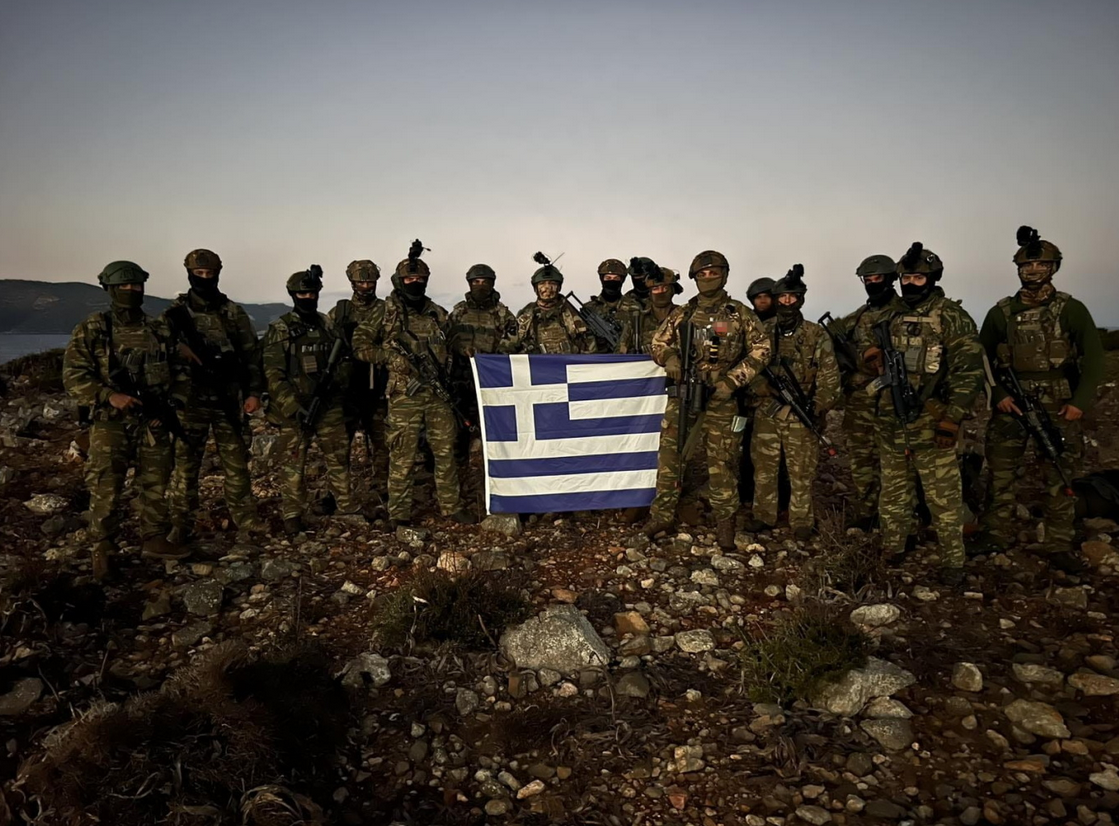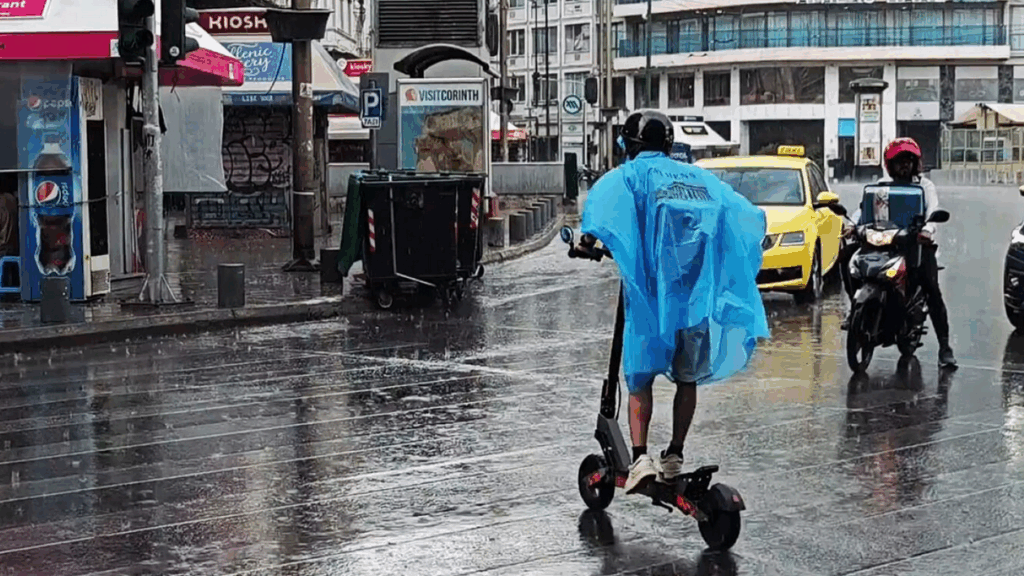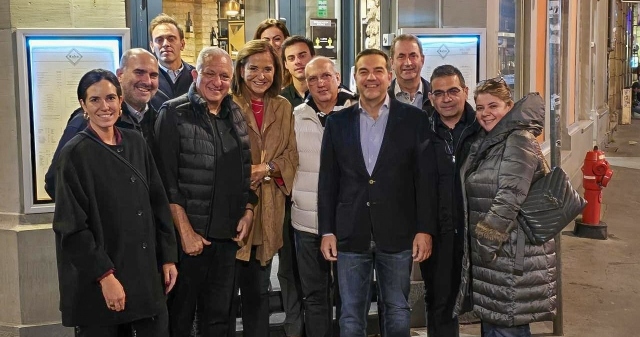The “Destruction” of the Klephts of the Morea (1806) – How Theodoros Kolokotronis Escaped
Source: ProtoThema English
One of the subjects of modern Greek history that has not been addressed at all until today is the so-called “destruction” (persecution and, by extension, annihilation) of the klephts of the Peloponnese in 1806. This is not due to negligence, but to the lack of sufficient bibliography, since even the multi-volume editions we possess make no reference to it. In 2025, Papazisis Publishers released the book by John C. Alexander (Ioannis Alexandropoulos), Brigandage and Public Order in the Morea 1685–1806, edited and translated by Stefanos Papageorgiou, which contains an entire chapter on the subject. Among other things, in the persecution of 1806, with the collaboration of the local notables, the extermination of the Kolokotronis family took place. Fortunately, Theodoros Kolokotronis managed to escape and flee to Zakynthos. Had the “Old Man of the Morea” been killed in 1806, it is uncertain what would have followed.
The Situation in the Peloponnese at the Beginning of the 19th Century
Napoleon’s campaign in Egypt (1798–1800) and the shipment of weapons to Mani by the French had created an explosive situation in the Morea at the beginning of the 19th century.

The Castle of the Grigorakis Family in Mani
The pasha of Tripolitsa, then the capital of the Peloponnese, was concerned about the raids and piratical activities of the Maniots, as well as the general unrest. In August 1803, Admiral Seremet Bey, with eight ships, accompanied by the chief notable of Hydra, Voulgaris, deposed and arrested the bey of Mani, Koumoundourakis, on charges of tolerating piracy and conspiring with “suspicious” figures in the Peloponnese. In his place, he installed his rival, Antonios Grigorakis, whom he ordered to arrest his cousin and former bey, Tzannetos Grigorakis, and to eliminate the famous klepht of the Peloponnese, Zacharias Barbitsiotis. At that time, Zacharias, who signed as “Commander-in-Chief of the Peloponnese,” was also involved in the disputes among the powerful Maniot families.
He often clashed with Theodoros Kolokotronis, who nevertheless writes in his Memoirs: “…we fought and then would meet outside again.” In 1802, Theodoros Kolokotronis and his brother Ioannis served as kapoi (armed retainers in the service of local notables), sometimes even participating in the pursuit of the klephts.
(Source: History of the Greek Nation, vol. XI, Ekdotiki Athinon).
The Patriarch’s Synodal Penalty (Ecclesiastical Punishment) – The Beginning of the Persecutions
According to Ambrosios Frantzis, at the end of November or beginning of December 1804, Patriarch Callinicus IV, who “could do no otherwise,” issued a synodal penalty (a document of excommunication), which anathematized those who henceforth aided and harbored the klephts, but not the klephts themselves. The Patriarch’s letter was first published by Takis Ch. Kandiloros (The Excommunication of the Armatoloi in 1806), from a copy of a document then in the possession of Dr. N. Sotiropoulos of Zatouna, Arcadia. This was later republished from the same copy by Evangelos I. Savramis (Contributions to the History of Dimitsana, Yearbook of the Society of Byzantine Studies, vol. 9, 1932). Dr. Sotiropoulos’ document was subsequently bequeathed to the Historical and Ethnological Society in Athens.

A Young Warrior on the March
Although, according to A. Frantzis, this penalty was not accompanied by any other supporting patriarchal document, it “shook the stones.” The penalty, along with a sultanic firman, accompanied by related documents, arrived in Tripolitsa at the end of November 1805. What followed has two versions. Either all the notables, Christian and Muslim, gathered in Tripolitsa, received copies of the documents and instructions, and then returned to their towns to begin the manhunt for the klephts, swearing voluntarily or being threatened into secrecy; or the serasker (military commander) of the Morea, Osman Pasha, ordered the officials and local notables to issue circulars to the entire population, calling them to arm themselves and pursue the “bandits” in a refir-i am (arming of the population and participation in the chase).
It should be noted that in the past, firmans had also been sent from the Porte to the notables of the Morea, instructing them to maintain order and security among their subjects and to “…exterminate and utterly annihilate the evildoers and those who cause disturbance and scandal.” There were also patriarchal documents urging ecclesiastical and secular notables to prevent “with all their might any movement against the sovereign’s sacred commands, as the cause of punishment and bitter chastisement for those who overstep their bounds…” The klephts, however, continued their activities, often clashing with the seimenes (irregular guards). The manhunt against the klephts began in early January 1806.

Armatoloi and Klephts
The main operations were concentrated in the areas bounded by the Lykaion, Mainalo, and Taygetus mountain ranges and the routes leading to Mani. There was also activity in the region of Achladokampos.
The “Destruction” of the Klephts – The Adventures of Theodoros Kolokotronis
From early January 1806, Turkish and Christian detachments occupied the dervenia (passes). A strong force under the kehayabey (pasha’s lieutenant) camped at Skala, between Karytaina and Leontari, while another was stationed at Stemnitsa to control the surrounding mountains. The bouloukbasides (leaders of armed irregular groups) were provided with lists of people suspected of aiding the klephts. Those identified were arrested and executed on the spot.
This campaign against the klephts also gave some the opportunity to denounce neighbors or enemies as accomplices of the klephts. As a result, some entirely innocent and uninvolved people were unjustly executed. The Albanian and Turkish detachments sent against the klephts often vented their rage on innocent villagers and then plundered their properties. Leake even mentions the case of a bouloukbasis who, instead of hunting klephts, was beheading peasants. However, he was punished (in an unknown way) for these actions, which went beyond his orders.

Theodoros Kolokotronis had been informed about what was about to happen. He characteristically wrote: “We learned that the Synodikon and the Firman arrived.” He had probably received this information from certain local notables. Attempts were made for Kolokotronis and his men to escape to Zakynthos. He himself wanted this, but his companions did not. He then proposed that they split into groups of 5–6 men and hide until the snow melted in March, as he believed the campaign against them would then be over. But his 150 men rejected this proposal as well. “They did not listen, and so we were declared under the open flag against all the forces of the Morea,” wrote Kolokotronis. These klephts moved constantly. They distrusted the notables, yet they depended on them. They believed their leader reaped the greatest benefits from their activities while they themselves were being exploited. They did not want to go to Zakynthos, because they thought they would be forced to join the Russian troops. In an act of defiance against the firman, Kolokotronis and his men plundered the small town of Vervena, as its inhabitants had refused to provide them with food and ammunition.

Painting by E. Dodwell from pre-revolutionary Greece
From there they left and went to Akovo in Arcadia. The lack of food forced them to move on to the monastery of Velanidia. They sent a message to the notables of Kalamata asking for supplies. At first they refused, but fearing the klephts’ revenge they eventually yielded to their demands. The klephts then went to the village of Pidima, afterwards to Tzeferemini (today Valyra), and ended up in Alitourgi. There, Kolokotronis’s 150 men were attacked by 700 villagers from Androusa and Leontari. Dodwell, who was in the area, speaks of “140 bandits” who were surrounded by 100 Greeks and 60 Turks. He writes that their leader was a Greek “… the terror of the Morea, known as Captain Giorgas, who, as we were told, showed no mercy either to Greeks or to Turks.”

View of Pylos in 1829, painting by Prosper Baccuet
According to Kolokotronis himself, after receiving the supplies from Kalamata, as they marched north they encountered the Kehayabey and his men and retreated to Alitourgi, where they were besieged by 700 villagers from Leontari and Androusa. The klephts made a sortie and killed many villagers, while some drowned in a nearby river. Kolokotronis’s men took food and weapons from the dead and returned to Alitourgi, where they were besieged once again.
During the night they cut their way out and went to the villages of Arcadia. There, however, Turks were stationed and they had no access to food. They then moved to the area of the Kontovounia villages and sent messengers to ships to flee to Zakynthos. But the Turks had blockaded all ships from Pylos to Pyrgos, making escape by sea impossible. They moved northeast but encountered a hostile detachment with which they fought all day. From that point, Kolokotronis’s band began to disintegrate. Forty of his men abandoned him, and at first only 60 remained. Kolokotronis excuses them, saying they were exhausted, “… because in the daytime we fought and at night we marched…” After new clashes at Leontari and Akovo, Kolokotronis urged his companions to split into smaller groups.

Monastery of Aimyalon
He himself remained with 19 of his relatives and Giorgas, a famed Christian klepht captain. Within 15 days, those who had abandoned Theodoros Kolokotronis were all killed. At some point, after relentless pursuit near Karytaina, the klephts split into four smaller groups. Antonis Kolokotronis and another klepht found refuge with a relative and survived the persecution. Kountanis Kolokotronis, cousin of Theodoros, together with three others, fled to Vytina and then to Chrysovitsi, where they were all killed. Giannis Kolokotronis, Giorgas, and three other klephts sought refuge in the monastery of Aimyalon. A monk hid them in a shack but gave them poisoned bread! While the klephts were unconscious, the monk informed the residents of nearby Dimitsana of their presence. Villagers from Zygovisti rushed as well, along with two Albanian units from Stemnitsa. The klephts recovered and resisted fiercely.
However, they were killed when they attempted to escape. First, their pursuers threw sulfur and vine branches into the shack. Their heads were taken to Zygovisti, displayed in Stemnitsa, and finally sent to Tripolitsa. Kolokotronis, who from a distance witnessed the martyr’s death of his brother, with four men, after many adventures, reached Megali Kastania. Two Maniots, companions of Kolokotronis, left for their homeland. The Old Man of the Morea, with the other two, who were of Roumeliot descent, hid for a month in the house of Konstantios Dourakis. Leake reports that on March 4: “One hundred and twenty heads of klephts taken by the pasha were sent to Constantinople. The bandits were utterly scattered.”

Theodoros Kolokotronis
On March 27 Nikitas Trigas, a famous klepht of the Morea, was killed in a clash. According to Leake, his head was taken on March 28 to the seraglio in Tripolitsa together with another head and a hand! These belonged to Dimitrakis Kolokotronis, and it was believed that they “belonged” to Theodoros Kolokotronis! When Osman Pasha learned of the mistake he became furious and beheaded several Greeks and Turks who had testified that Theodoros Kolokotronis was dead. He then sent his trusted Anagnostis Papazoglou to Antonis Grigorakis (Antonombey), bey of Mani, with 50,000 grosia (probably an exaggerated amount), believing he knew where Kolokotronis was. Antonombey indeed knew. He summoned Dourakis to Kitres and told him he would strip him of his captaincy if he did not help capture Kolokotronis.
He even promised him a monetary reward. Dourakis informed Kolokotronis, who said: “The Maniots forget everything for money.” The abbot of the nearby monastery of Panagia also agreed to take part in the conspiracy against Kolokotronis. Ultimately, thanks to his wit, the warnings of Dourakis’s brother, Antonis Venetsanakis, a sworn brother, and the mother of Tzannetbey (Jannetos Grigorakis), daughter of the legendary Panagiotaros, Kolokotronis was saved. With her help, on Palm Sunday morning (April 5/17, 1806), he and his two companions boarded a caique and left Mani. Because of contrary winds, they stopped at Elafonisos and on April 9/21 reached Kythera. In May they arrived in Zakynthos.

Ask me anything
Explore related questions
The original article: belongs to ProtoThema English .




